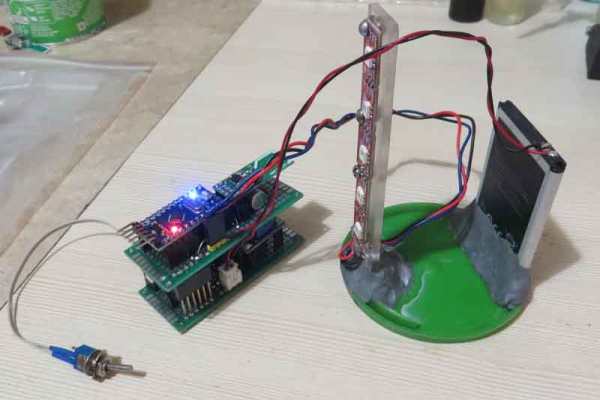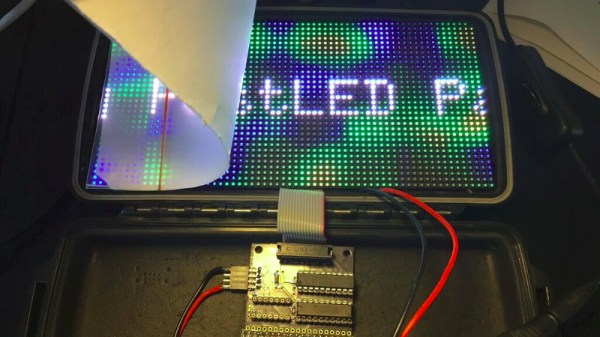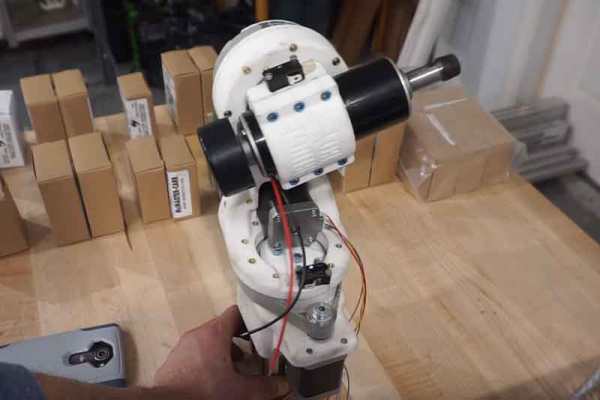Sometimes the world of tech conference presentations can seem impossibly opaque, a place in which there appears to be an untouchable upper echelon of the same speakers who pop up at conference after conference. Mere mortals can never aspire to join them and are destined to forever lurk in the shadows, their killer talk undelivered.
Thankfully, our community is not like that. There is a rich tradition of events having open calls for participation, and the latest we’d like to bring to your attention comes from the British EMF Camp, to be held at the end of August. EMF, (standing for ElectroMagnetic Field) is a 3-day festival that bills itself as “for those with an inquisitive mind or an interest in making things“. In their call for participation, they are seeking installations and performances as well as talks and workshops, and it’s worth saying given the very quick uptake of their early ticket sales, that a couple of tickets will be reserved for purchase by each person with proposals that are accepted.
EMF Camp like other hacker camps is an extraordinary coming together of people from all conceivable backgrounds and interest groups to share a field for three days. It doesn’t matter how experienced you are, what the subject is that you would like to present, or what installation or workshop you would like to bring, there will be a section of the EMF audience who would be very interested to see it. They list a few previous topics, from genetic modification to electronics, blacksmithing to high-energy physics, reverse engineering to lock picking, computer security to crocheting, and quadcopters to brewing. Assuming that certain submissions are accepted, you may also see a Hackaday scribe delivering a talk.
While you’re thinking of what to submit for 2018, whet your appetite with a look at the goings-on from EMF 2016.
Image: Nottingham Hackspace [CC BY-SA 2.0].





















